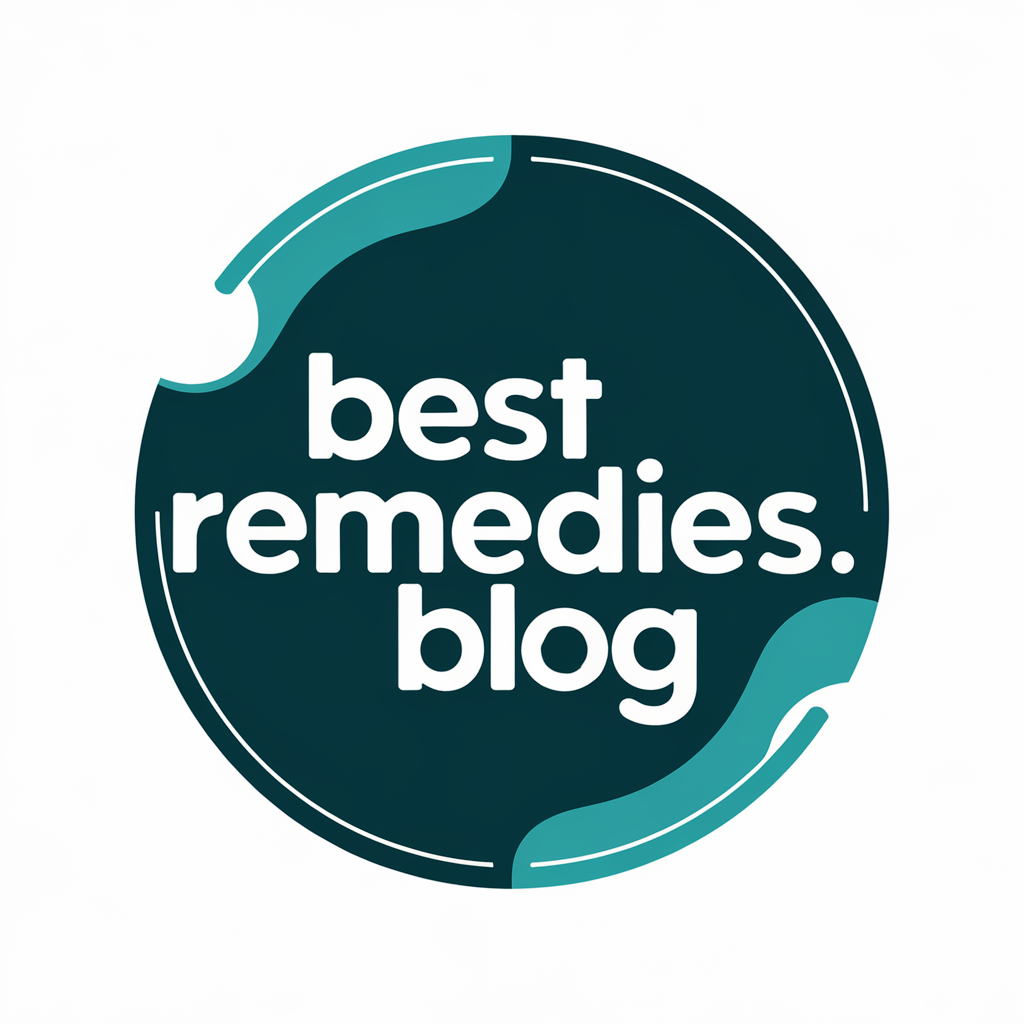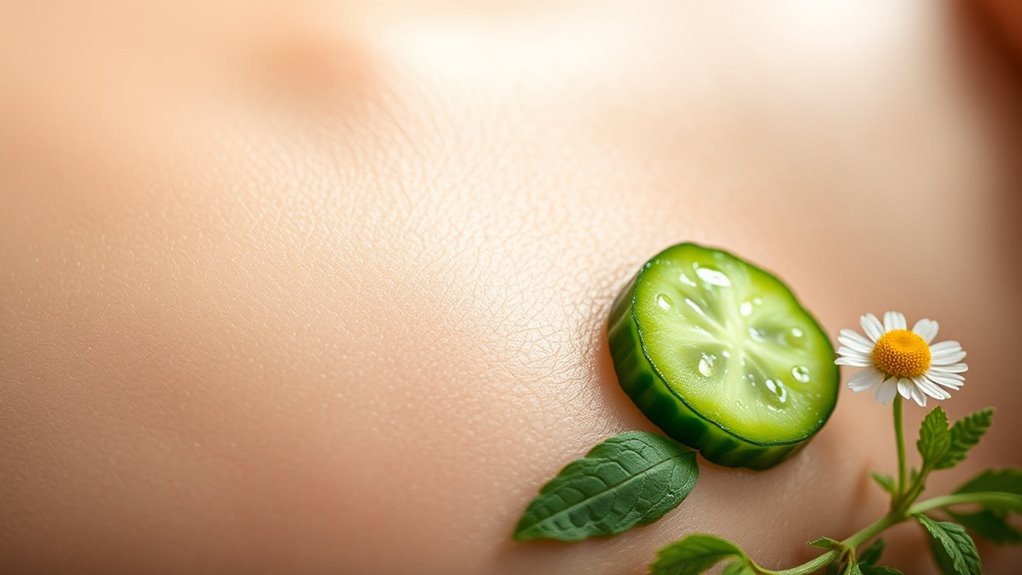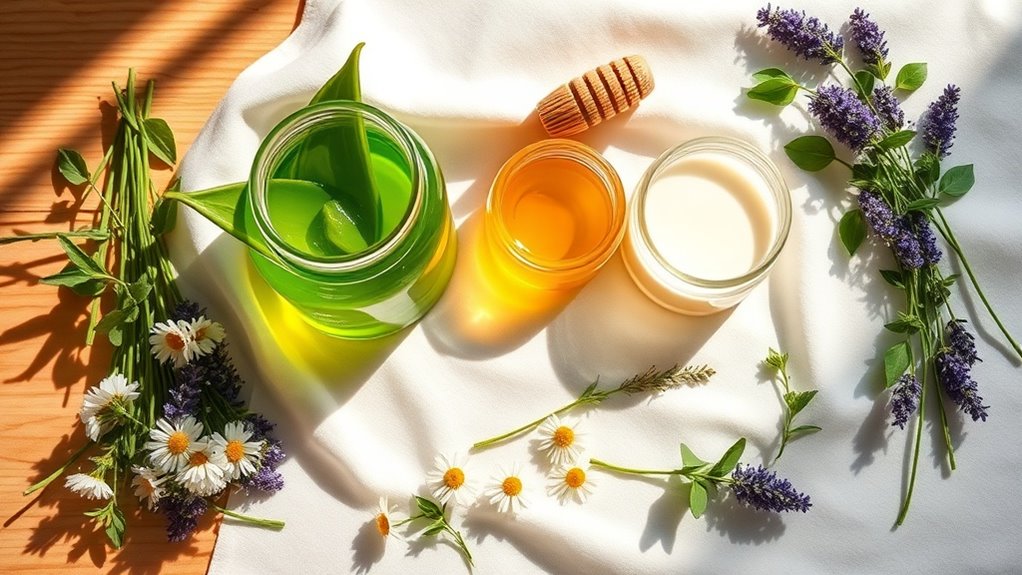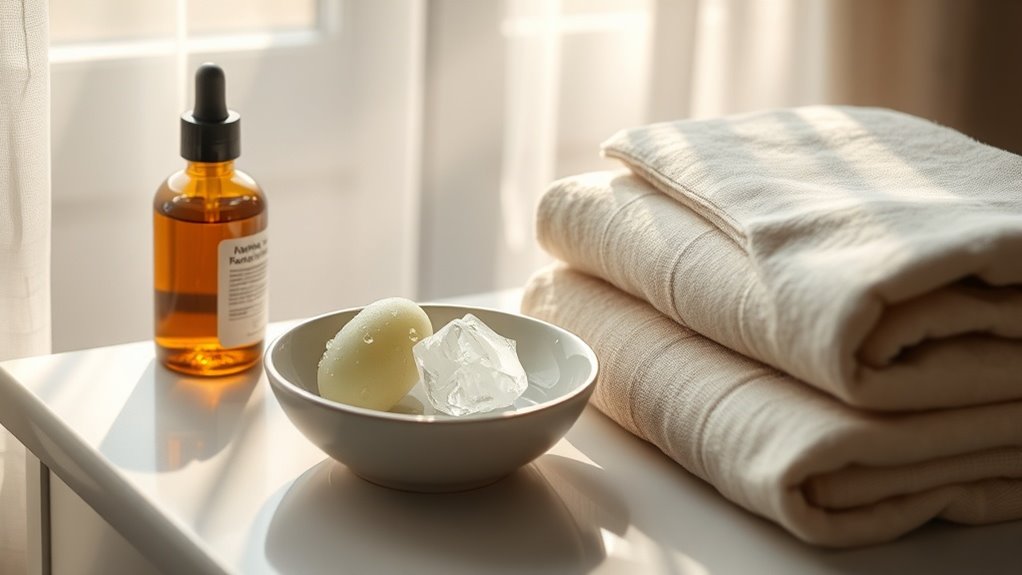This One Trick Calms Face Inflammation Fast
You’ve probably noticed facial redness from sun exposure or stress, but this evidence-based trick—applying a cold compress—quickly calms inflammation by constricting blood vessels, as clinical research confirms. You’ll see immediate relief, and there’s more on enhancing it for lasting skin health.
Key Takeaways
- Apply a cold compress to inflamed facial areas for quick relief from redness and swelling.
- Cold therapy works by constricting blood vessels, reducing inflammation and blood flow.
- Prepare by wrapping an ice pack or chilled gel mask in a soft cloth before use.
- Use soothing ingredients like aloe vera or chamomile to enhance the calming effects.
- Expect faster recovery, with reduced redness visible within minutes of application.
What Causes Facial Redness
Facial redness can arise from various triggers that inflame your skin.
Environmental factors, such as sun exposure or harsh winds, often aggravate it by damaging your skin barrier.
Internal causes include rosacea, an inflammatory condition, or allergic responses that dilate your blood vessels.
Dietary elements like spicy foods and alcohol can trigger flare-ups, while stress and hormonal shifts play significant roles.
Additionally, adopting a diet rich in omega-3s can help mitigate facial redness.
The Effective Trick Explained
Now, you’re about to learn how this effective trick works to reduce face inflammation by targeting underlying causes with proven methods.
You’ll follow simple steps that combine cooling techniques and gentle pressure to achieve quick relief.
This approach draws on dermatological evidence to ensure you get lasting results.
Additionally, incorporating cold compress methods can provide rapid soothing and reduce swelling effectively.
How It Works
How does this effective trick work to calm face inflammation?
This method leverages cold therapy, which you apply directly to your skin, triggering vasoconstriction.
It narrows blood vessels, reducing blood flow and limiting the release of inflammatory mediators like histamines.
Evidence from dermatological studies confirms that this process swiftly decreases swelling and redness by cooling tissues, thereby interrupting the inflammatory cascade.





